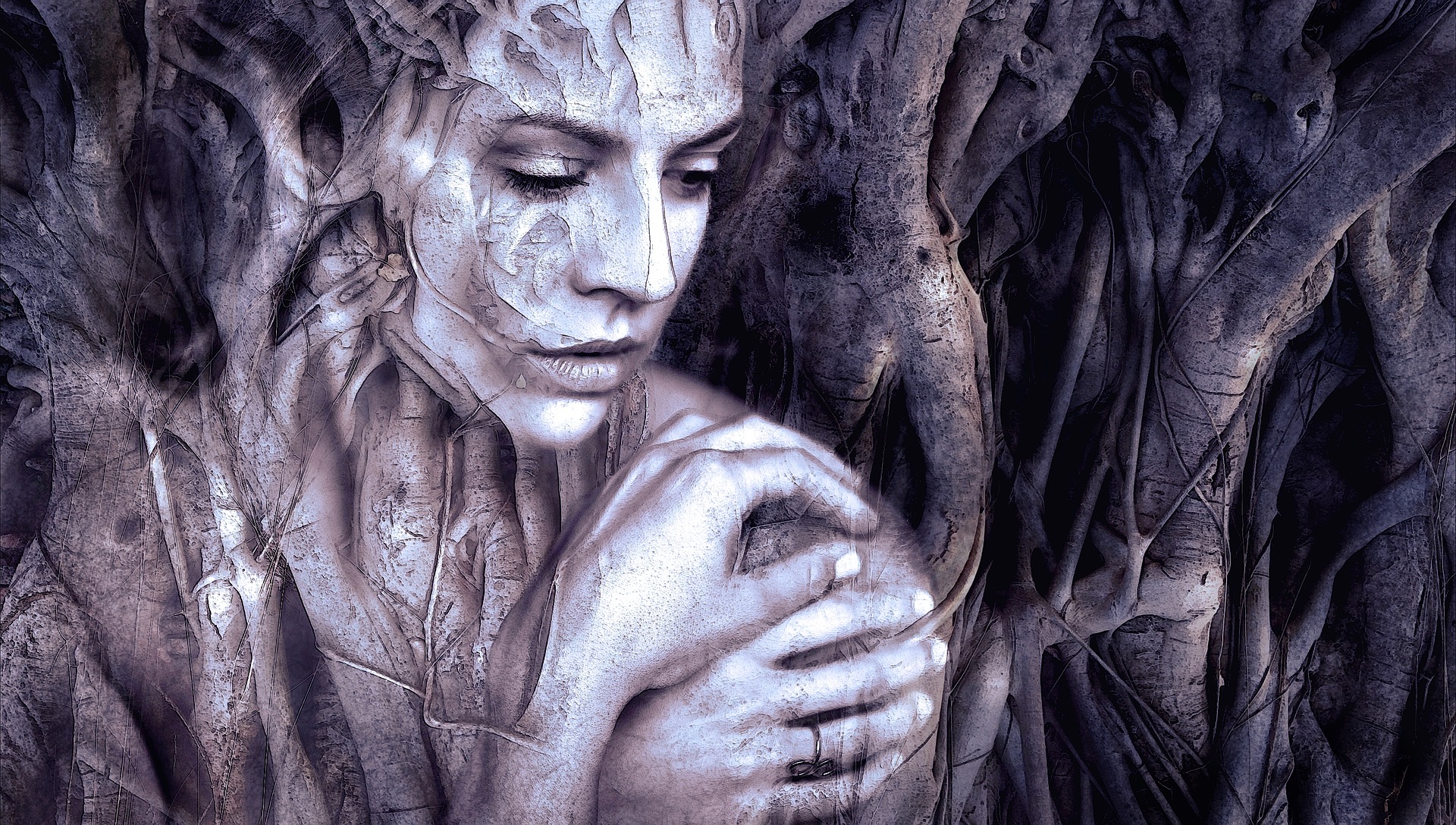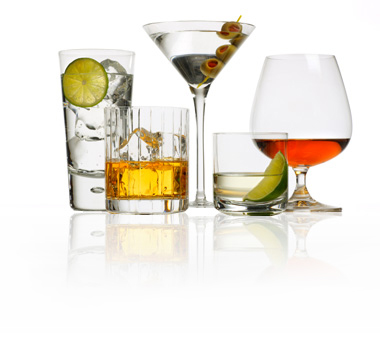Emily Dickinson is an American poet who spent a large portion of her life in solitude. She lived in a house where she did not let any visitors and came out to visit any. The only contact she established with anyone outside was her father and her sister-in-law. She wrote poems for them to express her views and her expressions. This poem here is one of her few scribbles that I am going to analyze critically and provide a small summary deciphering the meaning. Here, we have Faith is a Fine Invention: Summary and Analysis.
Faith is a Fine Invention: Summary and Analysis
“Faith is a fine invention
When Gentlemen can see—
But Microscopes are prudent
In an Emergency.”
This poem is a religious one, where Dickinson is speaking about Faith and God. She is saying that Faith is a blessing from God, which all men and women would see when there are troubles and difficult times in their life. There are ample amounts of ways and instances that would show them how Faith lives in our hearts and how we have Faith during difficult times.
The poet has used the balance of science and religion to express her thoughts in the poem. In this poem, she has used science as a tool to understand religion and its factor and how humans use it to find the inhabitance of divinity around them. “Faith” is one of them, which she calls a “fine invention. She uses scientific terms to just show how religion triumphs over science, and science is only a smaller factor of the larger picture.
Faith is a Fine Invention: Analysis
Context: The poet Emily Dickinson has written four lines on Faith and religion. In short, we can say this is another religious poem that she has written. In these four lines, she is trying to express that in the hard times; there is Faith that lives in our hearts. But it is observed only when there are difficult times in our life. This is probably a small scribble of the poet where she is trying to say that science cannot weigh or explain what the human soul feels. The term “microscopes” is a touch of science in her poem, where she uses it as a tool to see and realize that “faith” is around us. But it needs some external help or some external source to be seen and observed. The poet tries to combine the elements of science and religion by calling “Faith” a fine “invention.” Here she is giving more preference to Faith over anything else.
Faith in a Fine Invention: Rhyme Scheme and Structure
The poem is a short one, as short as four lines. But there is still a rhyming scheme within these lines, which is a b c b.
There are some words starting with the upper casing; this is because the poet wants us to focus on those words more. For example:
“Faith” is a fine invention
When Gentlemen can see—
This technique helps the poet emphasize the words she means to give the most attention and helps the readers understand the poem’s totality. In this poem, there are many instances where the poet uses this technique. She has used this technique in almost all the poems that she has written and has become famous amongst other poets too.
Faith is a Fine Invention: Theme
The theme in this poem is religion and positivity. The poet wants to say that Faith keeps us going in difficult times, and it is evident only when we observe carefully.
The deep meaning of this poem is that Faith is a blessing of God, which keeps us going through difficult times. We see an example of it in our life when we observe carefully.
Some online learning platforms provide certifications, while others are designed to simply grow your skills in your personal and professional life. Including Masterclass and Coursera, here are our recommendations for the best online learning platforms you can sign up for today.
The 7 Best Online Learning Platforms of 2022
- Best Overall: Coursera
- Best for Niche Topics: Udemy
- Best for Creative Fields: Skillshare
- Best for Celebrity Lessons: MasterClass
- Best for STEM: EdX
- Best for Career Building: Udacity
- Best for Data Learning: Pluralsight
















Well,I’m impressed with the summary and analysis.
Thanks for this. I am not very good at interpreting poems. This gives me a few ideas of how I can start my own analysis for my project. Again thankyou so much and this link will be posted in my bibliography!
I think this analysis interprets the poem in a favorable way towards religion, which may be a bit of a stretch when one considers how skeptical Emily Dickinson was of religion and faith in general.
This analysis is a joke. It has nothing to do with relying on faith. Did you even read the last two lines? Come on, people. Emily disdained faith. Her point, in my analysis, is that faith is fine but when it comes down to trouble, we must rely on facts. When there is an emergency, we seek facts through a microscope (or other scientific tool), and if you want faith for the rest of the time, have at it.
This “analysis” is a perfect example of being so invested in seeing your pre-existing beliefs confirmed that you ignore what’s right in front of you. In fact, this “analysis” is the embodiment of exactly what Dickinson is criticizing.
I do not believe this is an accurate interpretation. The words “fine” and “invention” indicate man has made up faith. It is one of his precious inventions. When life gets difficult, she prefers to rely on science, not faith. Emily’s life choices and her tendency toward Transcendentalism would indicate she relied more on science than faith.